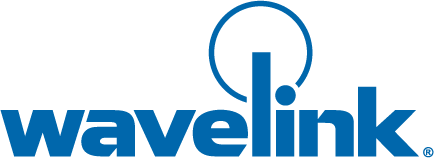
The Velocity Client supports SSL- or TLS-encrypted sessions between the Client and Velocity Server. The Velocity client also supports certificate validation for SSL/TLS connections. For specific instructions on how to install and configure the SSL/TLS utility, see Using SSL/TLS with Terminal Emulation on the Wavelink Web site.
To configure SSL or TLS, you will need the self-extracting support utility and either the Avalanche, ActiveSync, or AirBeam SSL/TLS package for the Client. The Avalanche packages are device-specific; the ActiveSync and AirBeam packages are not device-specific.
When you enable SSL/TLS on the Velocity Server, it will only accept connections from Clients that are also using SSL/TLS.
To enable and use SSL/TLS for the Velocity Client, perform the following steps:
• Install the SSL/TLS Support Utility on the host system. The SSL/TLS support utility is a self-extracting executable that installs the required files that will allow you to configure SSL/TLS and certificates. You can obtain the SSL/TLS support package from the Wavelink Web site. (This does not need to be installed at the same location as the Velocity Server.)
• Install the SSL/TLS Support Package on the Client. The Velocity Client will not be able to initiate SSL/TLS connections with hosts until you install the SSL/TLS support package on the mobile device. Use one of the following methods to deploy the SSL/TLS support package to the mobile device: the Avalanche Console, Microsoft ActiveSync, or a third-party application.
• Enable SSL/TLS on the Server. For information on enabling SSL/TLS for the Velocity Server, see Installing and Configuring the Velocity Server.
• Enable SSL/TLS in the host profile. This option is set on the Velocity Server tab of the Host Profiles dialog box. You can use existing certificates or create new certificates.